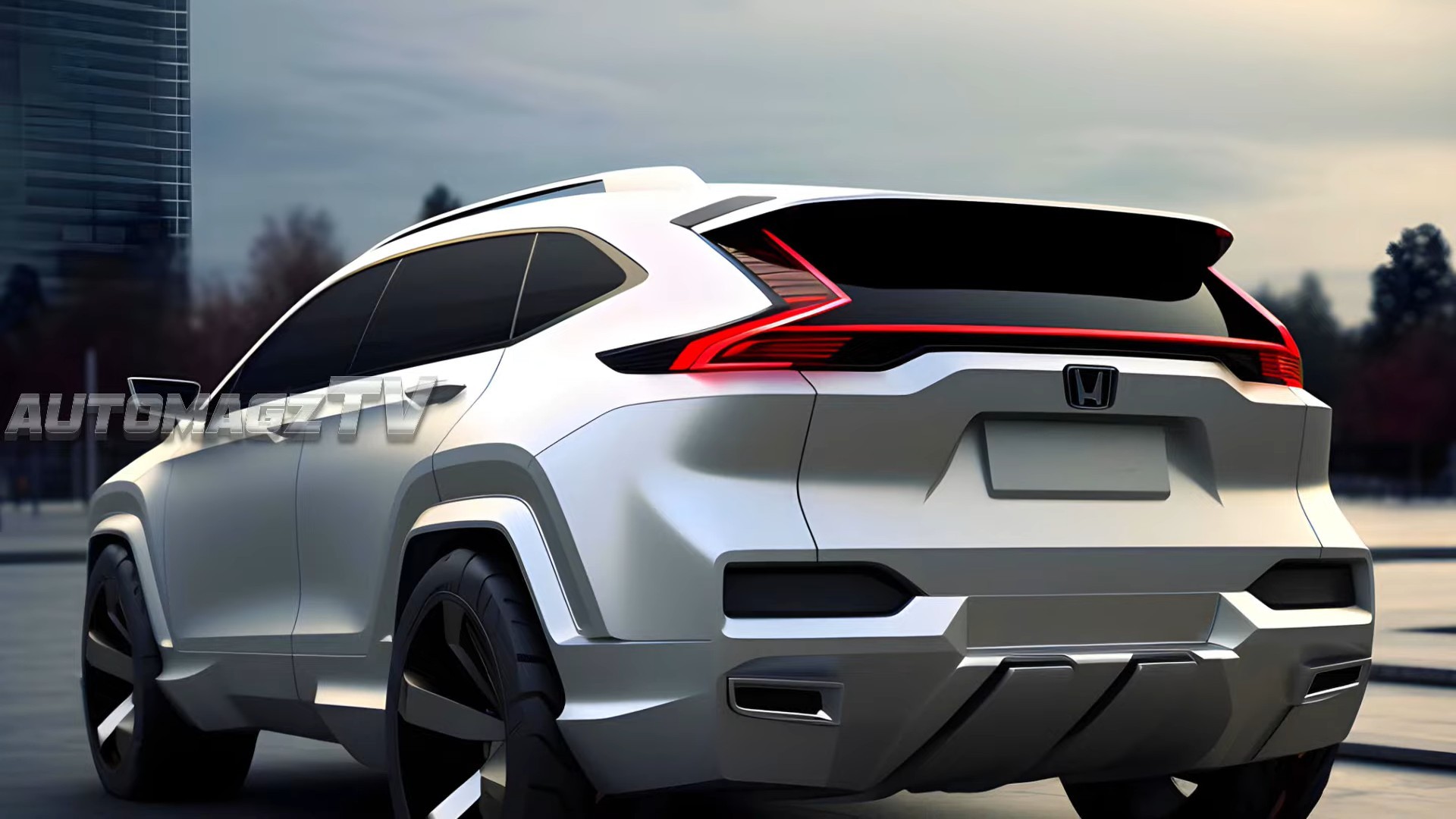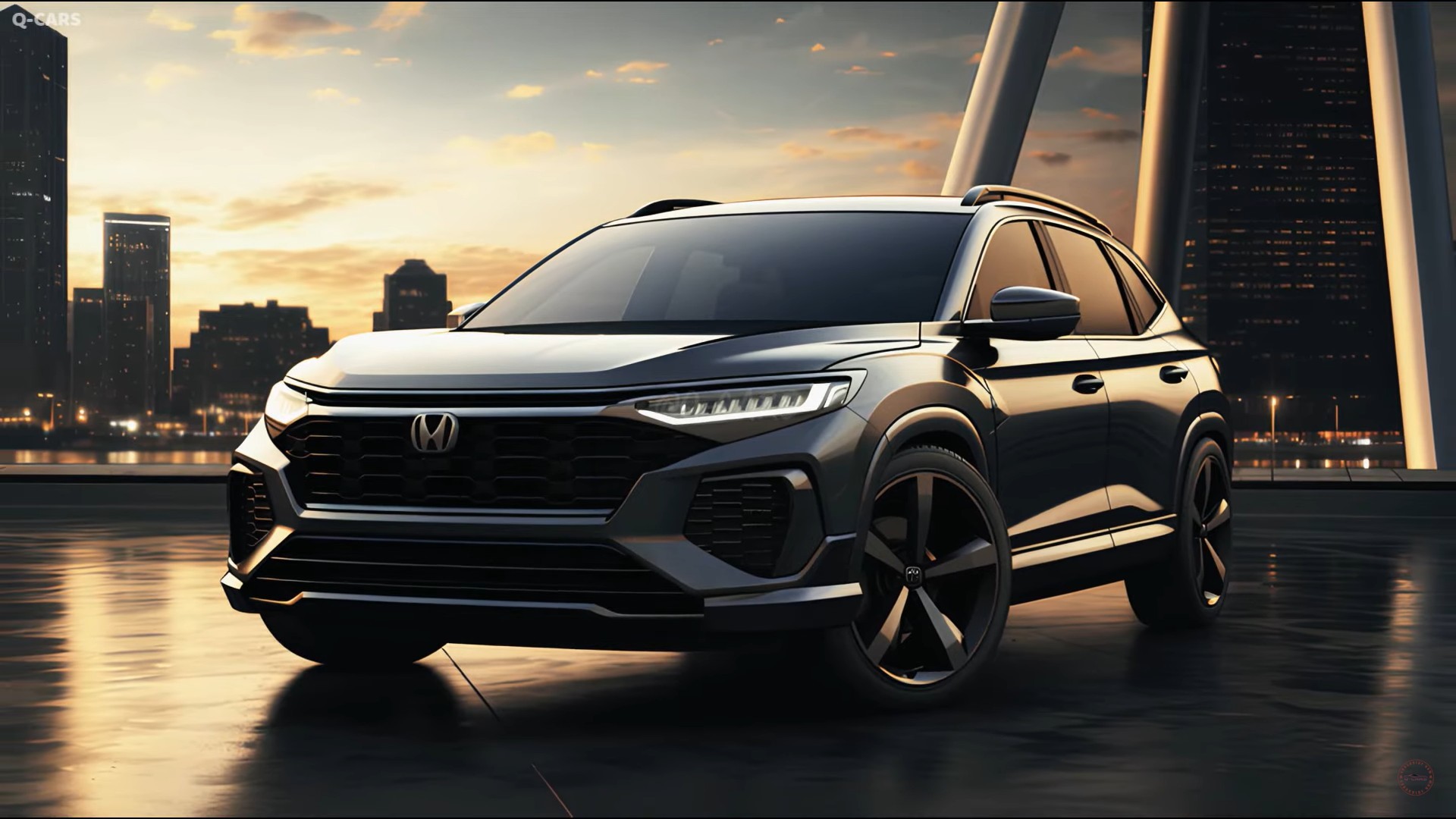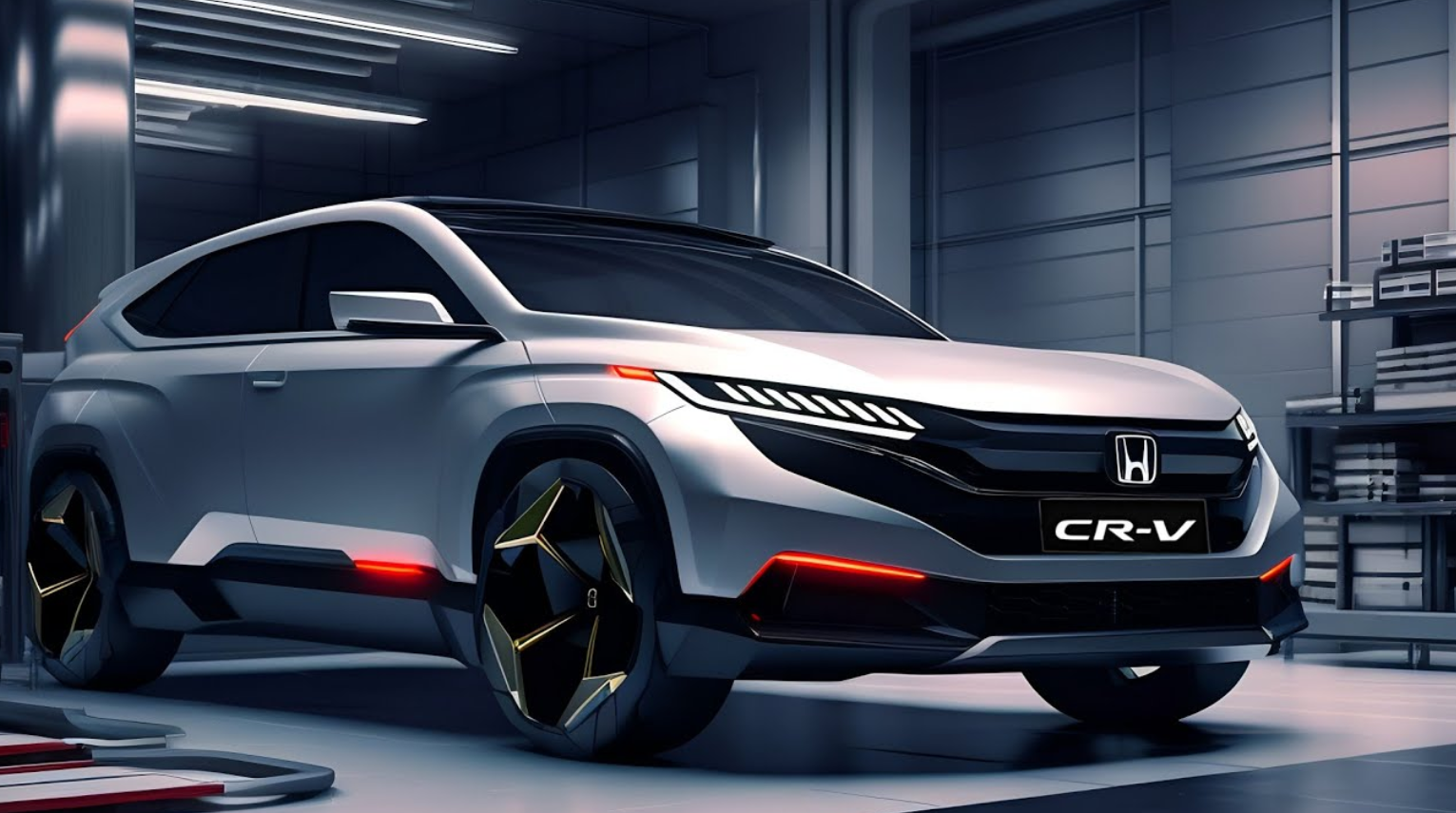Exploring the Factors Influencing the Weight of the 2025 Honda CR-V
Exploring the Factors Influencing the Weight of the 2025 Honda CR-V
Introduction
In this auspicious occasion, we are delighted to delve into the intriguing topic related to Exploring the Factors Influencing the Weight of the 2025 Honda CR-V. Let’s weave interesting information and offer fresh perspectives to the readers.
Table of Content
Exploring the Factors Influencing the Weight of the 2025 Honda CR-V

The Honda CR-V has consistently been a popular choice in the compact SUV segment, known for its blend of practicality, fuel efficiency, and reliability. As we approach the 2025 model year, the CR-V’s weight will continue to be a key consideration for potential buyers.
While specific figures for the 2025 Honda CR-V’s weight are not yet available, understanding the factors that influence vehicle weight can provide insights into potential changes and their implications.
Factors Determining Vehicle Weight:
Several factors contribute to a vehicle’s overall weight, and these factors are constantly evolving as technology and manufacturing techniques advance. Here are some of the key elements influencing the weight of the 2025 Honda CR-V:
- Platform and Body Structure: The underlying platform and body structure of the CR-V will play a significant role in its weight. Utilizing lightweight materials like high-strength steel, aluminum, or even composites can reduce the overall weight while maintaining structural integrity and safety.
- Engine and Drivetrain: The engine and drivetrain components, including the transmission, axles, and differentials, contribute to the vehicle’s weight. Advancements in engine design and the use of lighter materials can help optimize weight without compromising performance.
- Safety Features: Modern safety features, such as advanced driver-assistance systems (ADAS) and multiple airbags, require additional components and wiring, adding to the vehicle’s weight. However, these features are essential for passenger safety and are becoming increasingly standard across vehicle segments.
- Interior and Comfort Features: Features like leather upholstery, heated and ventilated seats, panoramic sunroofs, and premium sound systems add weight to the vehicle. While these features enhance comfort and luxury, they also increase the overall weight.
- Fuel Efficiency and Emissions Regulations: Stricter fuel efficiency and emissions regulations often require manufacturers to incorporate lighter materials and optimize engine performance, potentially impacting vehicle weight.
- Trim Level and Options: The specific trim level and optional features chosen by a buyer can significantly influence the final weight of the vehicle. Higher trim levels often include additional features and components that contribute to increased weight.
Implications of Vehicle Weight:
Understanding the weight of a vehicle is crucial for several reasons:
- Fuel Efficiency: Heavier vehicles generally consume more fuel than lighter ones. Therefore, optimizing weight is a critical aspect of achieving improved fuel economy.
- Performance: A lighter vehicle can accelerate faster and handle better due to reduced inertia. This can lead to a more enjoyable driving experience and improved performance.
- Handling and Braking: Lower weight can improve handling and braking performance by reducing the force needed to change direction or bring the vehicle to a stop.
- Payload and Towing Capacity: A vehicle’s weight directly influences its payload capacity and towing capacity. Heavier vehicles generally have a lower payload and towing capacity.
- Safety: While weight can sometimes be a safety concern, modern safety features and robust body structures can mitigate these risks, ensuring passenger safety.
FAQs Regarding Vehicle Weight:
1. How does vehicle weight affect fuel efficiency?
Heavier vehicles require more energy to move, resulting in higher fuel consumption. By optimizing weight, manufacturers can improve fuel efficiency and reduce emissions.
2. How does vehicle weight affect performance?
Lighter vehicles experience quicker acceleration and better handling due to reduced inertia. They also require less force to brake, resulting in shorter stopping distances.
3. How can I reduce the weight of my vehicle?
While you cannot significantly alter the weight of your vehicle once it’s manufactured, you can minimize unnecessary weight by removing items you don’t need, such as heavy roof racks or cargo.
4. What are the benefits of a lighter vehicle?
Lighter vehicles offer improved fuel efficiency, better performance, enhanced handling and braking, and potentially lower emissions.
5. Is a heavier vehicle always safer?
Not necessarily. Modern vehicles are designed with robust safety features that can mitigate the risks associated with weight. However, it’s important to consider the weight distribution and overall design of the vehicle for optimal safety.
Tips for Choosing a Vehicle Based on Weight:
- Research the weight of different models: Compare the curb weight of various vehicles in the same segment to see how they stack up.
- Consider your driving needs: If fuel efficiency is a priority, opt for a lighter vehicle. If you need a lot of hauling capacity, a heavier vehicle may be more suitable.
- Evaluate safety features: Focus on vehicles with advanced safety features that can mitigate potential risks associated with weight.
- Read reviews and test drive: Gain firsthand experience with different vehicles to assess their handling, performance, and overall driving experience.
Conclusion:
The weight of the 2025 Honda CR-V will be a crucial factor for potential buyers considering its impact on fuel efficiency, performance, and overall driving experience. While specific weight figures are not yet available, understanding the factors that influence vehicle weight and their implications can help consumers make informed decisions when choosing a vehicle. By focusing on fuel efficiency, safety, and performance, the Honda CR-V is likely to continue its legacy of providing a well-rounded and practical driving experience for years to come.








Closure
Thus, we hope this article has provided valuable insights into Exploring the Factors Influencing the Weight of the 2025 Honda CR-V. We appreciate your attention to our article. See you in our next article!